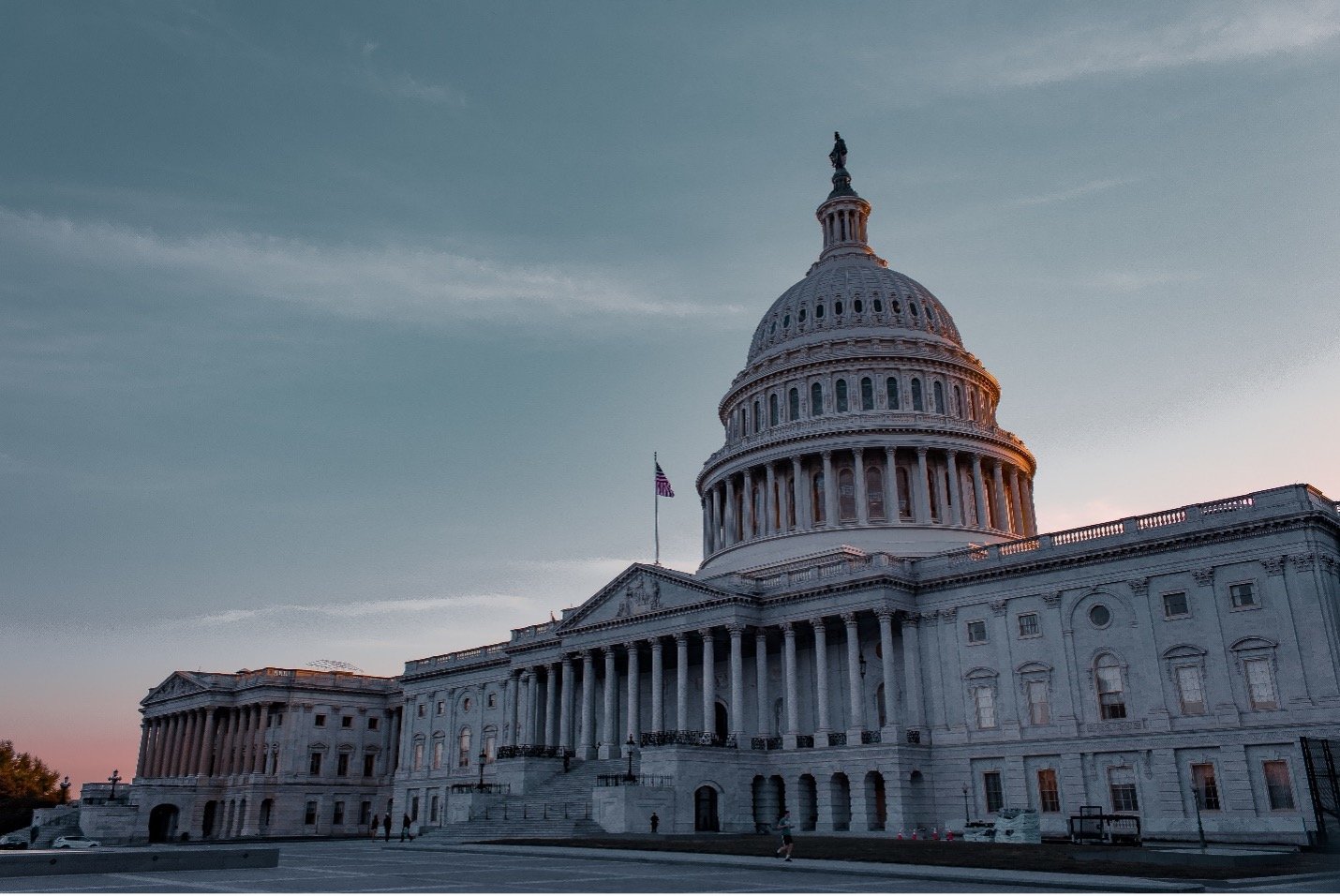Proposed Increase in Overtime Eligibility Threshold: What You Need to Know

Key Details: On September 8, 2023, the Department of Labor (DOL) published a Notice of Proposed Rulemaking (NPRM) titled “Defining and Delimiting the Exemptions for Executive, Administrative, Professional, Outside Sales, and Computer Employees”. This NPRM proposes an update and revision of the regulations under Section 13(a)(1) of the Fair Labor Standards Act (FLSA) and increases the minimum salary threshold for overtime eligibility. Additionally, the NPRM establishes an automatic update mechanism that allows for timely and efficient updates of the thresholds to reflect current earnings data.
The NPRM establishes an increase of the salary threshold to $55,068 based on 2022 data and is undergoing a 60-day comment period that closes on November 7, 2023. Interested parties are encouraged to thoroughly review the proposed rule and submit comments.
Currently, the threshold is $35,568 for overtime exemption. This update would be substantial and result in an estimated 3.6 million workers becoming eligible for overtime pay. In 2016, the Obama administration proposed an increase of the threshold to $47,476. This proposal received substantial pushback from states and employer groups and was never put into action. It is likely that this new proposal will receive similar challenges in court. As such, businesses are encouraged to stay tuned for future updates and to contact Ryan & Wetmore for further information and expertise.
Background:
The Fair Labor Standards is no new act but has been developing and changing since 1938. Originally, the act included the creation of a minimum wage, overtime pay, and child labor provisions. The FLSA is an act used to protect American workers against unfair employment practices. Over time, the act has developed as the work economy has changed. The latest proposal by the Biden administration applies to the overtime section of the FLSA.
What employees are covered by FLSA?
The FLSA applies to both private and public sector employers engaged in interstate commerce or the production of goods for interstate commerce.
Here is an overview of the employees who are covered under the FLSA:
- Non-Exempt Employees: The FLSA primarily applies to non-exempt employees. These employees are entitled to the minimum wage and overtime pay protections under the law. Non-exempt employees must be paid at least the federal minimum wage for all hours worked and receive overtime pay at a rate of one and a half times their regular rate of pay for hours worked beyond 40 within a workweek.
- Exempt Employees: Some employees are exempt from the minimum wage and overtime provisions of the FLSA. These exemptions are based on the nature of their job duties and salary level. Common categories of exempt employees include executive, administrative, professional, and certain computer-related positions. Exempt employees are not entitled to overtime pay.
|
Employee Type |
Exempt / Non-Exempt |
Description |
|
Salaried Employees |
Exempt / Non-Exempt |
The FLSA covers salaried employees unless they meet the specific criteria for one of the exempt categories. Salaried employees must still be paid the minimum wage and may be eligible for overtime unless exempted. |
|
Hourly Employees |
Non-Exempt |
Hourly employees are covered under the FLSA and are entitled to minimum wage and overtime pay when they work more than 40 hours in a workweek. |
|
Part-Time and Full-Time Employees |
Exempt / Non-Exempt |
The FLSA covers both part-time and full-time employees if they meet the criteria outlined in the law. Part-time employees are entitled to the same minimum wage and overtime protections as full-time employees. |
|
Seasonal Workers |
Exempt / Non-Exempt |
Seasonal workers, such as those employed in agriculture or retail during peak seasons, are generally covered by the FLSA when they meet the criteria for coverage. |
|
Tipped Employees |
Non-Exempt |
Tipped employees, such as restaurant servers and bartenders, are covered by the FLSA. However, there are specific rules regarding their minimum wage, which allows employers to pay a lower base wage if the employee's tips make up the difference to reach the minimum wage. |
|
Domestic Workers |
Non-Exempt |
Domestic workers, including caregivers and housekeepers, are generally covered by the FLSA if their employer meets certain criteria, such as paying them at least $2,100 in annual wages or engaging in interstate commerce. |
|
Child Labor |
Non-Exempt |
The FLSA includes provisions that regulate the employment of minors. It sets limits on the types of work and hours that minors can be employed, with stricter regulations for workers under the age of 16. |
It is also important to note that state labor laws may provide additional protections and regulations beyond the FLSA, and employers must comply with both federal and state laws, with the more generous protections for employees prevailing in case of any conflict. Additionally, the FLSA is subject to periodic updates and changes, so it is essential for employers and employees to stay informed about the current regulations.
Proposed Rule and Previous Proposals:
Proposed Increase
On September 8, 2023, the DOL published its NPRM to propose an increase in the minimum salary threshold for overtime eligibility under the Fair Labor Standards Act. The proposed threshold, currently set at $55,068 per year based on 2022 data, is currently undergoing a 60-day comment period that is set to close on November 7, 2023.
The new salary level would mean an increase from $684 per week to $1,059 per week. The new proposed salary level represents the 35th percentile of weekly earnings among full-time salaried employees in the lowest-wage census region. The DOL estimates this increase would result in 3.6 million more salaried workers becoming eligible for overtime.
This potential adjustment is especially significant given that the current threshold of $35,568 per year, established during the Trump administration in 2019, falls well below the proposed new level. The new threshold surpasses the $47,476 proposal that the Obama administration sought to implement in 2016, a move that encountered significant legal challenges and resistance.
Impacted Workers
The proposed rule primarily addresses Section 13(a)(1) of the FLSA, which pertains to workers employed as bona fide executive, administrative, professional, outside sales, and some computer employees. The proposal states that job titles alone do not determine an employee's exempt status. Employers must consider nondiscretionary bonuses, incentive payments paid at least annually or more frequently, and even commissions. All of which can be considered when assessing an employee's standard salary level for the rule's purposes.
Automatic Update Provisions
In addition to the proposed salary threshold increase, the DOL's rule introduces an automatic update provision. Both the standard salary threshold and the highly compensated employee threshold would be reviewed and adjusted every three years. This adjustment will be based on the most recent earnings data available at the time, ensuring that the thresholds remain responsive to economic changes.
State and US Territories
It is important to note that the proposed rule does not impact state-specific salary thresholds for exempt status in states that have their own regulations in place.
The proposed rule also restores overtime protections for employees in U.S. territories. Workers in U.S. territories where the Fair Labor Standards Act minimum wage is applied would be entitled to the same overtime protections of the workers in the United States.
Challenges
As with previous attempts to adjust overtime eligibility thresholds, the proposed rule will face legal challenges. In the past, the Obama administration's 2016 threshold was challenged by multiple states and employer groups, leading to a federal judge rejecting its implementation.
How Employers Can Prepare:
For employers, this development presents several action items to consider:
- Evaluate Employee Exemptions: Employers should assess which employees are currently exempt from overtime and if their status may change from the new proposal.
- Analyze Financial Impact: Consider the potential effect on net margins if employee salaries are increased to meet the new threshold.
- Examine Conversion to Non-Exempt Status: Assess the implications of converting employees to a non-exempt status, which would require tracking hours and the payment of overtime.
- Seek Legal Counsel: Consult with legal counsel regarding employee classifications and the potential impact of threshold changes.
- Identify Eligible Positions: Identify employees in executive, administrative, or professional positions that may be impacted by the proposed increase.
- Stay Informed and Review Regularly: Keep a close watch on changes in salary threshold requirements and periodically review employee classifications to ensure your business’ compliance.
- Monitor Potential Impact: Identify positions within your company that may be impacted should the proposed rule be enacted.
For further information and expertise, contact Ryan & Wetmore today.
Today’s Thought Leaders

About Peter Ryan
Partner, Co-founder, & CPA
Peter T. Ryan co-founded Ryan & Wetmore in 1988 with business partner Michael J. Wetmore. Peter provides clients with the best strategies for success. His expertise extends across various industries. Peter obtained a Master of Business Administration in Finance from the University of Baltimore and a Bachelor of Arts in Accounting from the Catholic University of America.

About Cooper Richins
Staff Consultant


